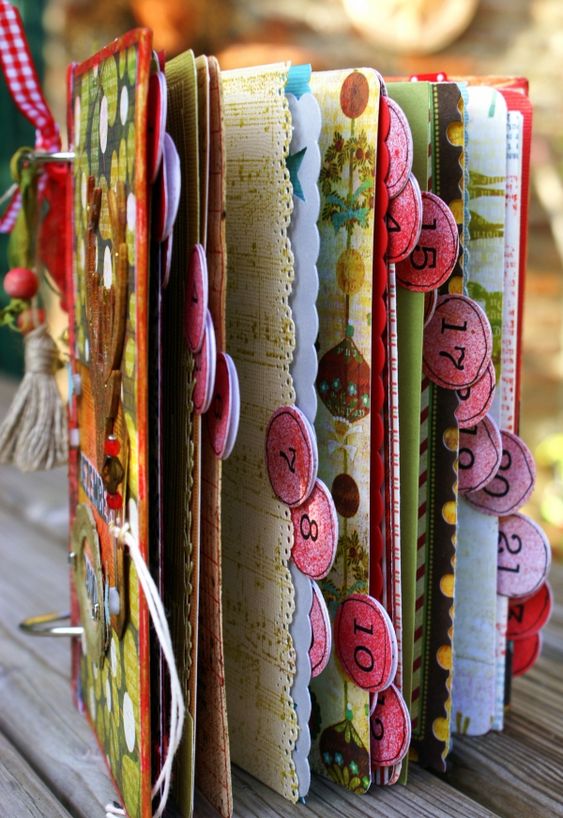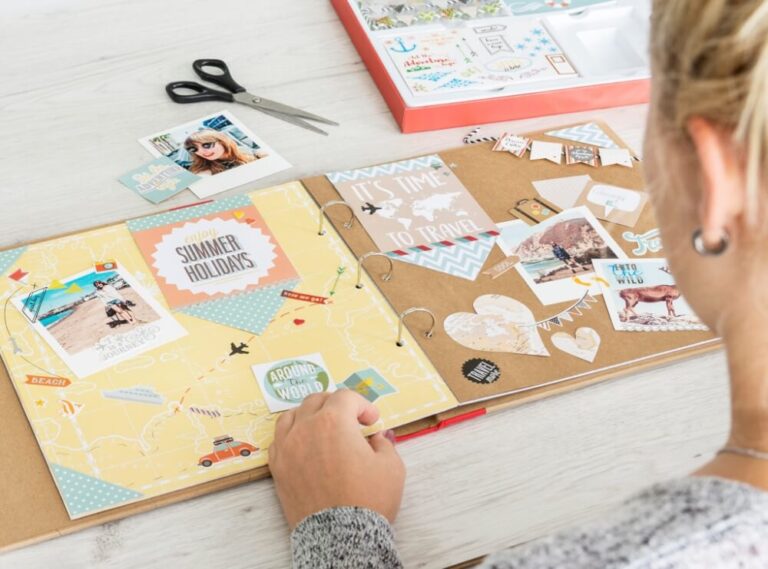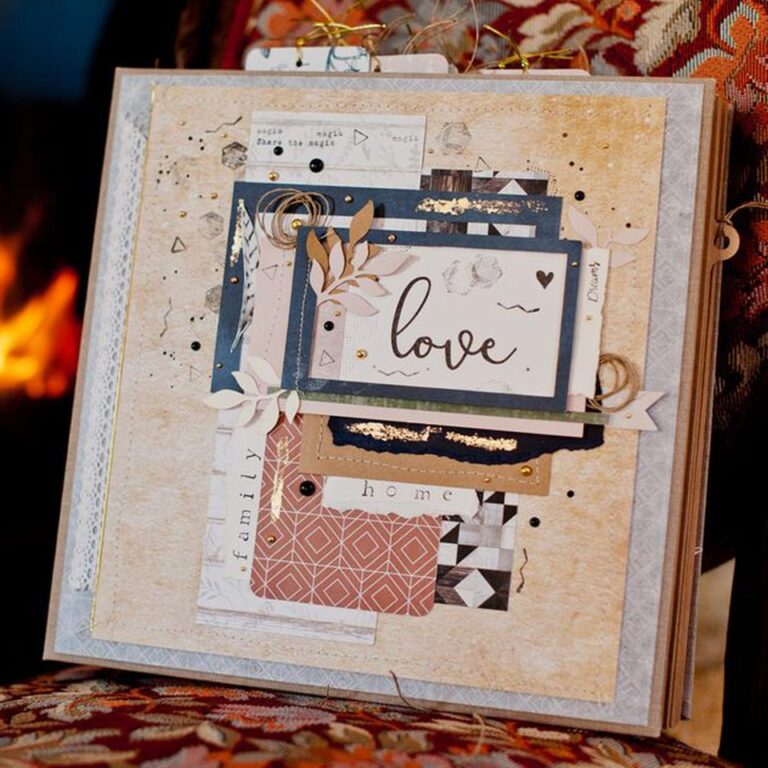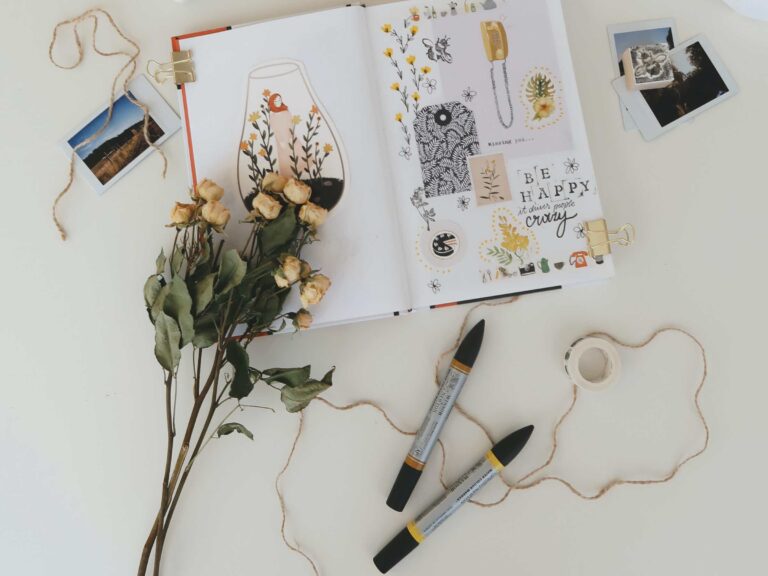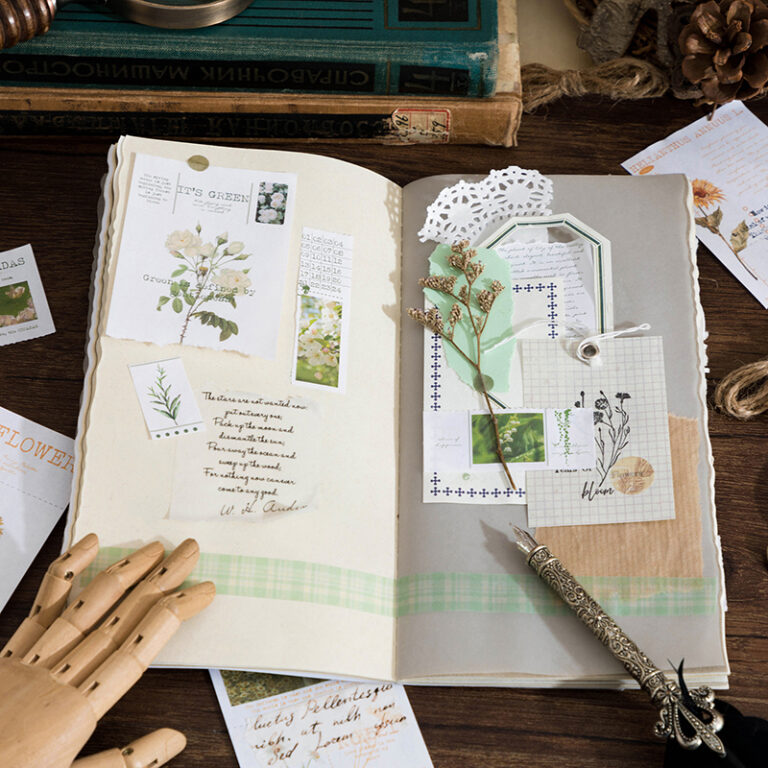How to Create Scrapbooking Pages that Tell Authentic Stories
Scrapbooking is a delightful way to preserve memories and tell stories in a visually appealing way. By combining photographs, clippings, decorative paper and miscellaneous elements, you can create scrapbooking pages that capture precious moments and tell authentic stories. In this article, we’ll explore techniques and tips for creating engaging scrapbooking pages that truly resonate with the authenticity of your memories.
Table of Contents
What are Authentic Stories?
Authentic stories in the context of scrapbooking are personal accounts, memories and genuine experiences that are incorporated into your scrapbooking album projects. These stories are the heart of scrapbooking and add significant value to your albums as they capture life’s moments in a unique and personal way. Here are some characteristics of authentic stories in scrapbooking:
- Personal Narrative: Authentic stories are personal narratives that reflect your own experiences, emotions, and perspectives. They can be based on important or everyday events in your life.
- True and Honest: Authentic stories are true and honest. They don’t just have to be about happy moments; they can include challenges, sadness, and lessons learned along the way.
- Emotional Expression: These stories often incorporate emotions, feelings, and personal reflections on the events being documented. They capture how you felt at that moment and how those feelings impacted you.
- Contextualization: Authentic stories often contextualize the moments depicted in photos. They provide additional information about what was happening, who was involved, and why the moment was significant.
- Meaningful Memories: These stories are often associated with significant memories that you want to preserve and share with others, such as friends, family, or future generations.
- Interpersonal Connection: Authentic stories can address relationships and interactions with others, highlighting emotional connections and family bonds.
- Learning and Growth: These can include stories of learning, overcoming challenges, or moments that had a profound impact on your life and personal development.
- Descriptive Titles and Captions: To accompany the photos and decorative elements in scrapbooking, authentic stories are often accompanied by titles and captions that provide context and additional information.
- Variety of Styles: Authentic stories can be told in a variety of ways, whether through handwritten words, typed words, printed words, or even through illustrations and visual elements.
By incorporating authentic stories into your scrapbooking projects, you are creating meaningful records of your life and experiences. These stories add depth and context to your pages, making them more than just a collection of photos, but rather a complete expression of your memories and personal journey.
The Power of Scrapbooking Pages as Visual Storytelling
Scrapbooking pages are not just photo montages; they are visual narratives that can convey emotions, experiences and stories in a unique way. Through careful use of visual elements, you can create a visual journey that captures the essence of the moments you want to remember. Let’s dive into techniques that can help you create engaging and authentic scrapbooking pages.
Step by Step: Creating Scrapbooking Pages that Tell Authentic Stories
1. Choose a Meaningful Theme
Before you begin, choose a meaningful theme for your scrapbooking page. It could be a memorable trip, a special birthday, an important milestone or any moment you want to preserve. The theme will help guide your element and color choices.
Creating a meaningful theme for your scrapbooking project is key to giving your pages direction, purpose, and cohesion. Here are some questions that can help generate ideas and develop a meaningful theme:
- What is the occasion or event I am documenting?
- Identifying the central event, such as a wedding, birthday, trip or achievement, is a good starting point for defining the theme.
- What is the story I want to tell?
- Ask yourself what the main message or story is that you want to share through your scrapbooking pages.
- What are the emotions and feelings associated with this memory?
- Explore the emotions you experienced during the event or occasion and think about how to express them in your scrapbook.
- Is there a specific color scheme or color palette you would like to use?
- Choosing a color palette can help define the atmosphere and style of your project.
- Is there an important location or destination related to this memory?
- If the memory is tied to a specific location, like a city, country, or vacation spot, you can incorporate elements related to that place into your theme.
- What visual elements or symbols are relevant to this story?
- Identify objects, symbols, or visual elements that have special meaning to the memory you are documenting.
- What style or aesthetic do I want for the scrapbook?
- Consider whether you want your project to have a classic, vintage, modern, rustic, or other specific style.
- Who are the people involved in this memory?
- Think about the people who played an important role in the event and how you can include them on your pages.
- Are there key words, phrases, or quotes that relate to this story?
- Look for keywords or phrases that can be used as titles, captions, or text elements on your pages.
- What is the main purpose of this scrapbook?
- Decide whether the goal is to create a commemorative album, a historical record, a declaration of love, or another type of narrative.
- How do I want people to feel when they flip through this album?
- Think about the emotional impression you want to leave on people who see your scrapbook.
- Are there any elements of surprise or interactivity that I want to include?
- Consider whether you want to incorporate interactive elements, such as tabs, envelopes, or pop-ups, into your design.
By answering these questions, you will be better prepared to create a meaningful and targeted theme for your scrapbooking. Remember that the theme should reflect the story you want to tell and the emotions you want to convey through your pages.
2. Select Photos that Tell the Story
Carefully choose the photos you want to include on your scrapbooking page. Choose images that capture key moments and avoid overly posed photos. Candid photos tend to convey authenticity and emotion.
Storytelling photos are images that capture significant moments and communicate a specific narrative or message on their own. They can be used effectively in scrapbooking to illustrate and enrich the stories you are telling. Here are some examples of photos that tell the story:
- Birthday Photo: A photo of someone making a birthday wish while blowing out the candles on their cake can capture the joy and celebration of this special moment.
- Wedding Photo: An image of the couple exchanging vows or a kiss at the altar is a powerful way to illustrate love and commitment.
- Graduation Photo: A photo of the graduate holding a diploma or throwing his hat in the air demonstrates achievement and academic success.
- Travel Photo: A stunning landscape or an image of a person interacting with a different culture on a trip can tell the story of an exciting adventure.
- First Time Photo: A photo of a baby holding a parent’s hand or taking their first steps captures moments of milestones and growth.
- Family Reunion Photo: An image of family members hugging and smiling at a family gathering demonstrates strong family bonds and the joy of being together.
- Photo of Sports Achievements: A photo of an athlete holding a medal or trophy represents sporting success and dedication.
- Challenges Overcome Photo: An image of someone facing and overcoming a physical or mental obstacle can illustrate strength and resilience.
- Celebration Photo: An image of fireworks exploding in the sky or people toasting glasses can convey the emotion of the celebration.
- Photo of Emotional Reactions: A photo of tears of joy, laughter or emotional hugs can tell the story of intense and sincere feelings.
Remember that your choice of photos should reflect the story you want to tell in your scrapbooking album. Photos are the starting point for creating meaningful and attractive pages, and they play a key role in conveying emotions and experiences. So carefully select the photos that best tell the story you want to share.
3. Create a Balanced Composition
When organizing your photos and elements on the page, aim for a balanced composition. Distribute the elements harmoniously, avoiding overloading a specific area. This helps guide the viewer’s eyes through the visual narrative fluidly.
4. Incorporate Memorable Elements
In addition to photos, incorporate memorable elements such as tickets, tickets, cards and magazine clippings related to the event. These additional elements can add layers of authenticity to your page.
Memorable elements are tangible pieces that add depth and meaning to your scrapbooking pages, making them richer in details and memories. They can include a variety of items that have special relevance to the event, memory, or story you are documenting. Here are some memorable elements that can be added to your scrapbooking:
- Tickets and Passes: Include tickets to movies, concerts, sporting events, theme parks, museums or other places you visited. They are a wonderful way to remember fun times.
- Invitations: Add invitations from weddings, parties, graduations and other special events you’ve attended.
- Cards and Messages: Include birthday cards, Christmas cards, thank you cards, or handwritten messages you have received from friends and family.
- Travel Souvenirs: Collect travel souvenirs such as maps, coins, stamps, postcards, luggage tags and public transport tickets.
- Dried Flowers and Foliage: Press flowers, leaves or plants from special locations and place them on your pages to add a natural, organic feel.
- Newspaper and Magazine Clippings: Include newspaper and magazine clippings that mention important events or topics related to your story.
- Restaurant Cards: Keep restaurant cards and menus from places where you had memorable meals during trips or celebrations.
- Boarding Passes and Luggage Tags: Keep boarding passes, luggage tags, and other travel-related items to remember your adventures.
- Clocks and Wristwatches: If the occasion or memory is time-related, add clocks or parts of antique clocks to your pages.
- Clothing Elements: Small pieces of fabric, buttons or ribbons from special event clothing, such as wedding dresses or party attire.
- Thumbnails and Mini Elements: Use thumbnails or miniature elements that represent objects or locations related to your story, such as a miniature beach for a vacation.
- Signatures and Handwritten Notes: Include signatures or handwritten notes from important people in the story you are documenting.
- Personalized Seals and Seals: Create personalized seals or stamps with relevant dates, names or symbols to seal envelopes or create decorative elements.
- Ribbons and Bows: Use ribbons and bows to decorate and tie elements together elegantly.
- Rocks and Shells: Add rocks or shells collected from beaches, trails, or special places that have meaning to you.
Remember, memorable elements are great for telling stories in a tangible way, but it’s important to ensure they are preserved properly to prevent damage over time. Use archival-quality plastics, acid-free adhesives, and other scrapbooking-friendly materials to ensure your elements stay in good condition over the years.
5. Choose Colors that Convey Emotion
Colors play an important role in creating atmosphere and emotion on your scrapbooking page. Choose a color palette that relates to the theme and tone of the story you are telling.
6. Add Annotations and Descriptive Text
Don’t underestimate the power of words. Add annotations and descriptive text to your pages to contextualize photos and share your emotions and thoughts. Personal handwriting can add an even more authentic touch.
7. Experiment with Layers and Dimension
Use foamy stickers, decorative tape, and other elements that can add layers and dimension to your page. This creates visual depth and interest.
8. Tell a Chronological Story
If possible, organize the elements chronologically to create a cohesive narrative. This will help you retell the story in an orderly and engaging way.
9. Be Authentic and Emotional
When creating your scrapbooking pages, be authentic and emotional. Share not just the happy moments, but also the emotional nuances that make the story complete.
10. Dedicate Time to Detail
Creating scrapbooking pages requires patience and attention to detail. Each element you add contributes to the overall narrative, so take the time to make careful choices.
Conclusion
Scrapbooking pages offer a charming way to tell authentic stories and preserve precious memories. By combining visual elements, colors, text, and emotions, you can create visual narratives that capture the essence of the moments you want to remember. So dive into this creative journey, explore different styles and tell your authentic stories through the wonderful world of scrapbooking.

